The ArduBoy is a tiny little gaming console that’s also extremely simple. It’s only a small, cheap, monochrome OLED display, a microcontroller with Arduino-derived firmware, and a few buttons. That’s it, but with these simple ingredients the community around the ArduBoy has created a viable gaming platform. It has cartridges now, and one version has a crank. Now, the MIDIboy is bringing something like the ArduBoy to the world of electronic music.
Inside the MIDIboy is what you would expect from any review of the ArduBoy schematics. There are six buttons, a speaker, a USB port, and a SPI OLED display. In addition to all of this are two big chonkin’ DIN-5 ports for MIDI in and MIDI out, and yes, the MIDI in port has an optoisolator.
As for what you can do with a tiny little game console connected to MIDI, there are already a few choice apps — the MIDI Chords app creates chords, obviously, and the MIDImon sketch is a MIDI monitor. There are some controllers for MIDI synths, and of course this device is completely open source. If you’ve ever wanted a DIY controller for your favorite MIDI synth, this is what you need.
If an ArduBoy with MIDI doesn’t sound exciting, just check out Little Sound DJ. That’s a Game Boy cartridge that turns your old brick Game Boy into a music production workstation. Yes, it sounds great and there’s a lot of potential in a pocket game console with MIDI ports.


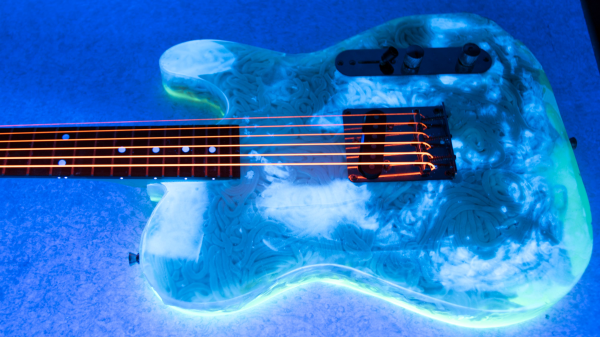
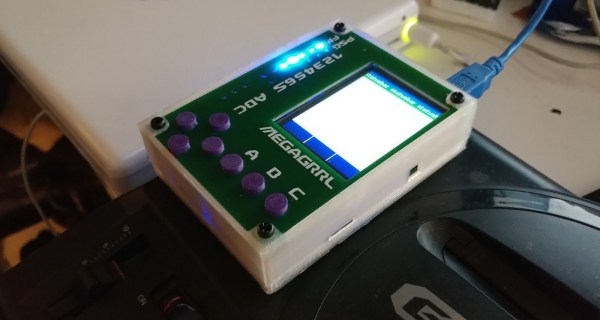
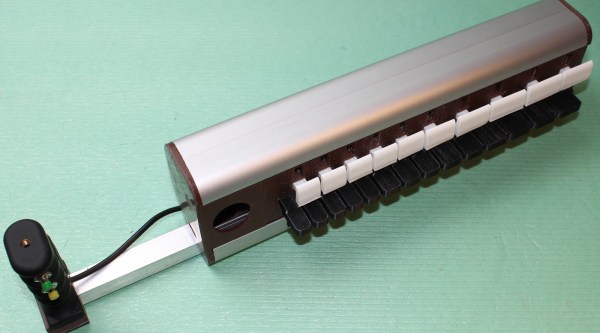



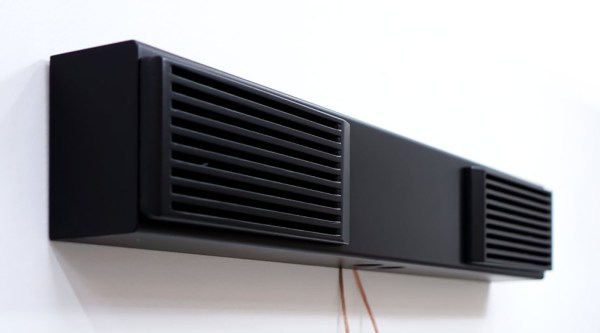
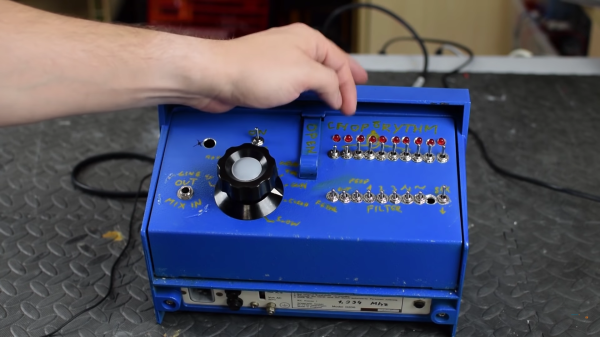
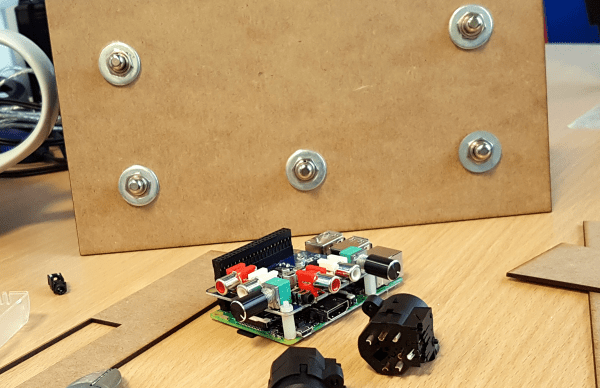
 At the center of the box is a Raspberry Pi with an AudioInjector stereo sound card. The card takes care of stereo in and out, and passing the signal to the Pi. The software is Modep, an open source audio processor that allows the setup of a chain of digital effects plugins to be run on the Pi. After finding some foot switches, [Craig] connected them to an Arduino Pro Micro which he set up as a MIDI device that sends MIDI messages to the Modep software running on the Pi.
At the center of the box is a Raspberry Pi with an AudioInjector stereo sound card. The card takes care of stereo in and out, and passing the signal to the Pi. The software is Modep, an open source audio processor that allows the setup of a chain of digital effects plugins to be run on the Pi. After finding some foot switches, [Craig] connected them to an Arduino Pro Micro which he set up as a MIDI device that sends MIDI messages to the Modep software running on the Pi.









